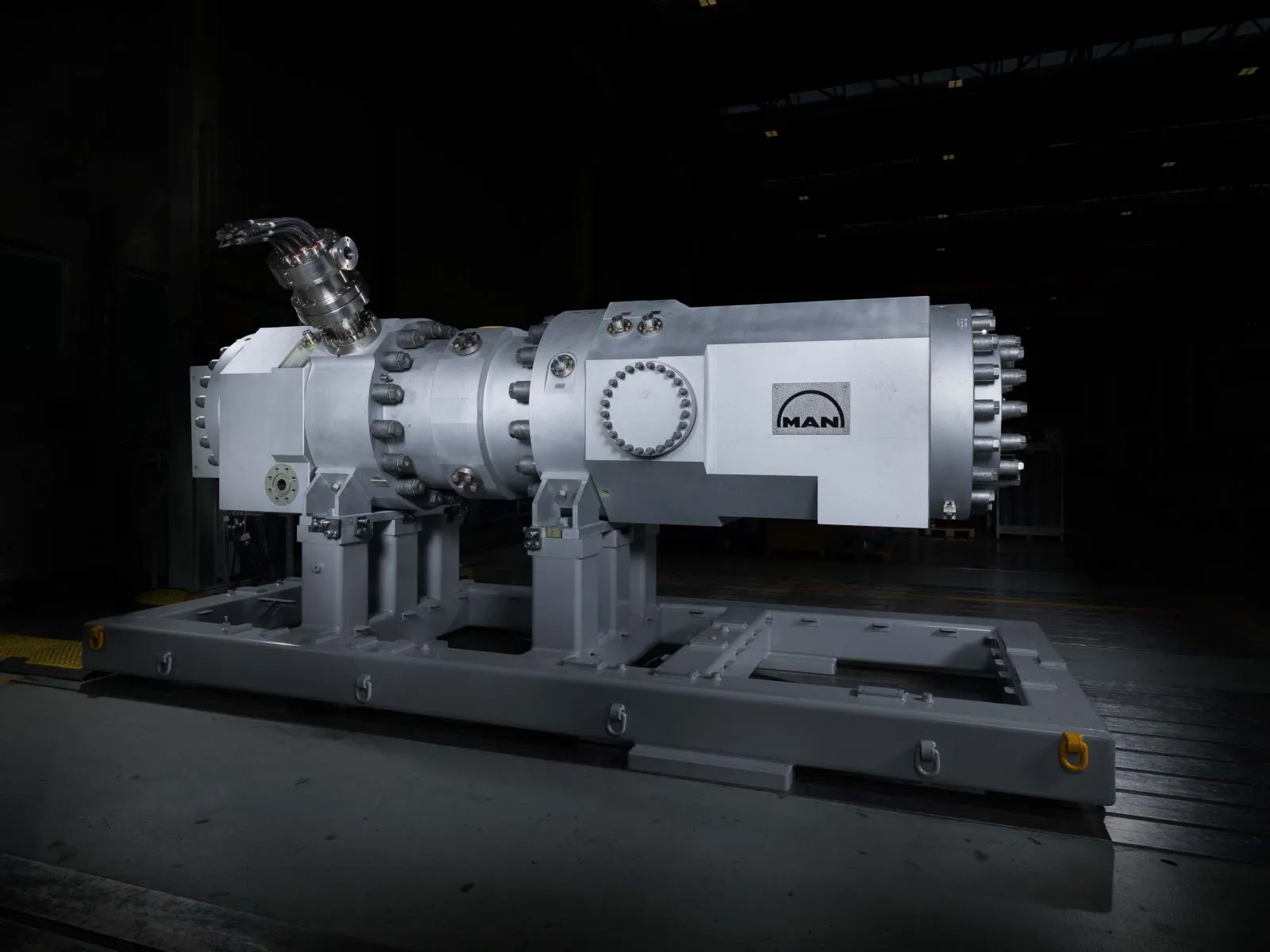How this technology will transform urban heating
Published by Cédric,
Article author: Cédric DEPOND
Source: MAN Energy Solutions
Other Languages: FR, DE, ES, PT
Article author: Cédric DEPOND
Source: MAN Energy Solutions
Other Languages: FR, DE, ES, PT
Follow us on Google News (click on ☆)
In 2026, this ambitious project could be a game changer for urban heating and CO2 emission reductions.

The Finnish capital will host a heat pump capable of operating down to -4°F (-20°C), designed to heat approximately 30,000 homes. Installed by the energy company Helen Oy, this pump will harness ambient air and renewable electricity to produce 200 GWh of heat per year.
The technology is based on the use of CO2 as a refrigerant in a closed cycle, a choice that minimizes environmental impact in case of leakage. This device, manufactured by MAN Energy Solutions, is a world first in terms of size and efficiency. With this heat pump, Helsinki aims to reduce its CO2 emissions by 26,000 tons per year, an important step toward carbon neutrality by 2030, according to Juhani Aaltonen, Head of Green Investments at Helen Oy.
This installation is also supported by a grant from Finland's Ministry of Economic Affairs and Employment, signaling national commitment to support sustainable solutions. The core of the system is an oil-free, hermetically sealed compressor, capable of operating without lubrication and dry gas seals. It allows for better energy efficiency and easily adapts to demand fluctuations.
For Uwe Lauber, CEO of MAN Energy Solutions, this heat pump represents a step forward in the energy transition and is part of a global move toward carbon-neutral heating technologies. With this project, Helsinki becomes a full-scale laboratory for the future of urban heating. The integration of such a solution promises to stabilize energy prices while reducing dependence on fossil fuels.
What is an air-to-water heat pump?
An air-to-water heat pump is a heating system that extracts heat from outside air to transfer it to the water of a heating network. It operates even at low temperatures thanks to a refrigeration cycle, using a compressor to raise the water temperature.
Unlike traditional heating systems that consume fossil fuels, air-to-water heat pumps use electricity, preferably from renewable sources, to operate. They thus represent an eco-friendly and efficient solution for domestic heating, significantly reducing CO2 emissions.